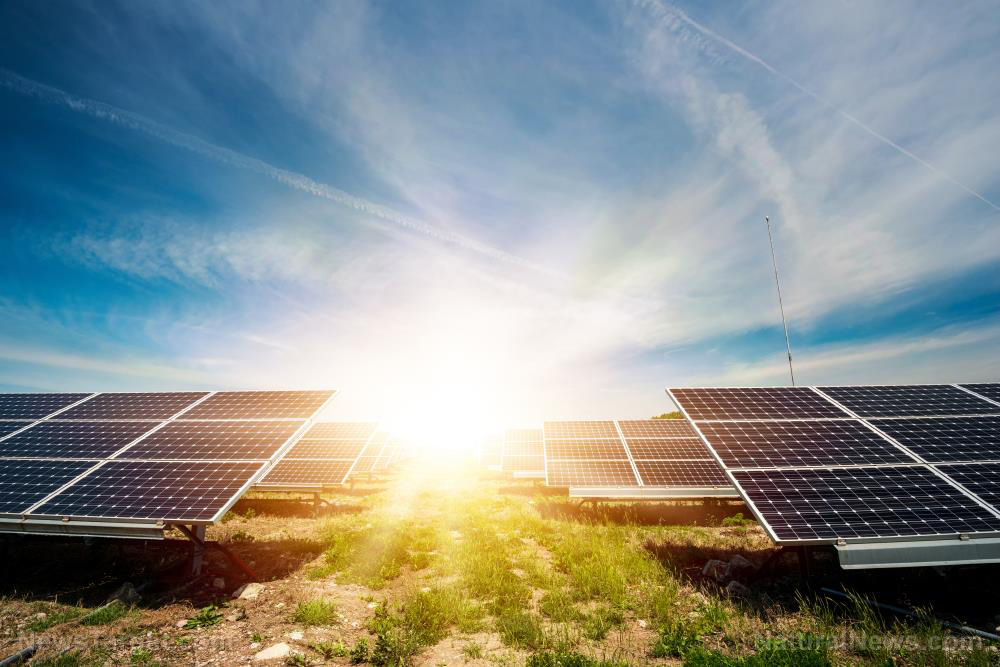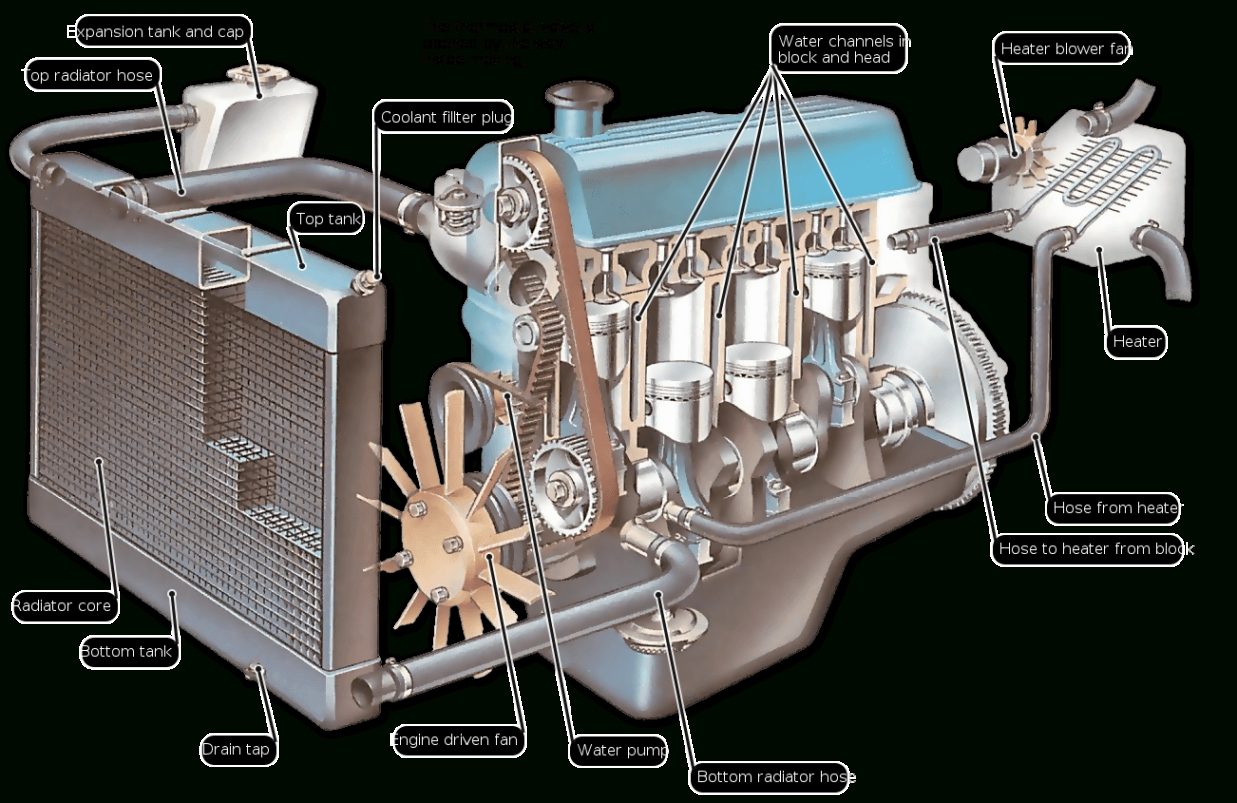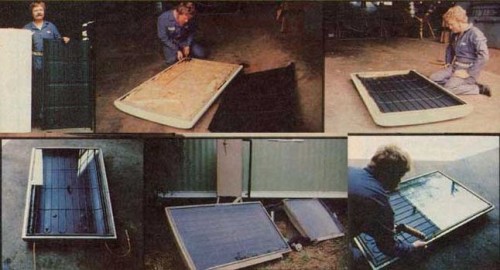What is solar power? Solar power is the energy of the sun. It is also the source of almost all the energy used on earth. This article will discuss a few of the many functions the sun serves.
Fossil fuels that are used today for the production of gas and electricity were created with the help of sunlight. This is because in pre-historic times, plants that grew for centuries turned into the fossil fuels that exist and are utilized today.
Sunlight also functions to heat the Earth, and creates wind that turns windmills to produce electricity. Rain is created by sunlight evaporating water in the sky. Rain drops then fall down into streams and can be transformed into hydroelectricity.
Thermal Energy
How does the sun heat objects? A car becomes hot on warm days because the sun’s light rays pass through the glass windows, onto the dashboard and seats. When passing through the glass, sunlight is converted into thermal energy, or heat. This heat then becomes trapped within the vehicle, unable to escape. Thermal energy cannot pass through glass as easily as the rays of the sun.
Solar Energy
Solar every does not pollute the earth, nor does it require any wood, coal, gas, or oil. However, solar energy cannot be utilized as often as other natural resources because it is costly. Although sun rays are free, the real finance lies within the technology and equipment needed to garner and utilize the rays. Our contemporary society mainly uses solar energy when other forms of energy require much funding or are not available.
Hydropower
Unlike other natural resources such as oil and gas, hydropower is not exhaustible because it is a renewable type of power. One quarter of the world’s entire energy is produced in hydropower plants. An example of a hydro plant is the Hoover Dam, located in the Black Canyon of the Colorado River. This hydropower plant works to deliver water and electricity to millions of people in Southwestern United States.
How do Solar Panels Work?
Solar panels are also called photovoltaic cells. These cells collect and transform sunlight into electricity that can power objects ranging from small calculators and refrigerators to large satellites in outer space. How does this phenomenon occur?
- The term photovoltaic can be broken into two separate parts: ‘photo’ means light, and ‘voltaic’ means electricity. Photovoltaic cells, or solar panels, are made of silicon. On silicon material, electrons have the ability to easily move around.
- When sunlight hits the silicon on the solar panels, electrons are moved. The movement of one electron creates a small electrical current. Electricity is actually the movement of electrons.
- When trillions of electrons move towards the correct spots on a photovoltaic cell, that cell can then obtain power (or electricity).
What is in a Solar Cell?
How many layers does a solar panel consist of? Underneath the protective coating, solar cells have approximately six layers:
- The first layer is the cover glass. To the naked eye, this is the surface area of the solar panel.
- The second layer consists of the anti-reflective coating.
- The third layer is called the contact grid, which directs electron movements to follow correct formations.
- N-type silicon; the fourth silicon layer of a solar panel, is where electrons are added after the formation.
- The P-type silicon is the fifth silicon layer, where electrons are now taken away.
- The back contact grid is the last layer of a solar cell. In this layer, electron movements are once again directed into correct formations.
- After electrons are formed within the solar panel, they travel through several wires into energy storage containers or a house.
What Methods are Used to Collect Energy From the Sun?
As discussed earlier, energy can be harnessed from the sun in several unique ways:
- Water turbines: These turbines consist of several blades. When water rushes through a turbine, it spins the blades, which begin to rotate coils made of copper wires. When these rotations occur, the copper wires generate electricity.
- Greenhouses: Greenhouses trap the energy of the sun. Recall that sunlight is able to enter through windows and create heat within a closed area. However, that heat becomes trapped inside because thermal energy cannot pass through glass as sunlight is able to.
- Wind turbines: Turbines that rely on wind closely resemble modern windmills. Wind turbines work by converting the movement of wind into electricity.
- Solar panels can also be used to heat water. Water of a household runs through pipes in the roof, heated by solar panels, and stored for hot water usage such as showering.
- Solar Cookers: Solar cookers are a new and compact technology. These contraptions utilize the sun’s rays to cook food, without requiring the use of a stove.
- The sun’s energy is harnessed by mostly indirect methods to produce several types of energy. The sun can be viewed as an alternative energy that does not need natural resources. Alternative energies in general are beneficial and advantageous to mankind because they do not create pollution. Alternative energies promote the longevity and sustainability of our Earth.









